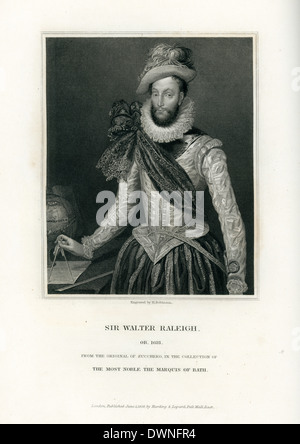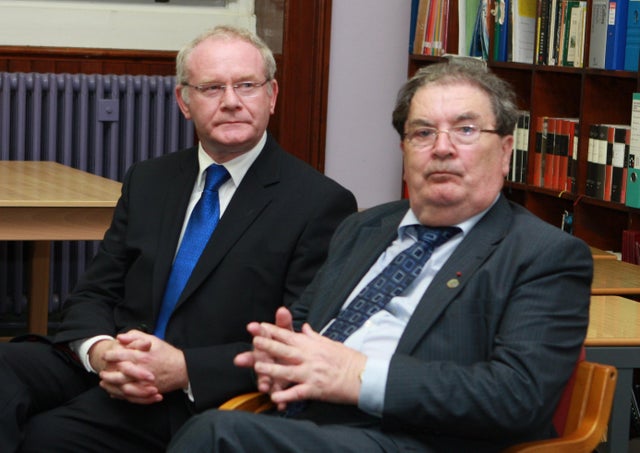

In 1897, he published Sir Walter Ralegh and Philip II of Spain, the latter monograph showing insight and independence of view. Though this attracted little attention, Hume persevered, and The Courtships of Queen Elizabeth a History of the Various Negotiations for her Marriage, and The Year after the Armada, and other Historical Studies, both issued in 1896, were received with a degree of popular favour which led him to adopt authorship as a profession. Īfter some practice in journalism, he meanwhile produced his first book, a Chronicle of King Henry VIII of England (1889), a translation from the Spanish. He stood unsuccessfully as a liberal candidate at Maidstone in 1885, at Central Hackney in 1886, and at Stockport in 18. His views then changed, and during the next eleven years he actively engaged in English political conflict. Until 1882 Hume's sympathies had been vaguely conservative. A keen volunteer officer, he was attached to the Turkish forces during the Russo-Turkish War of 1877–78 he then spent some time in exploration on the west coast of Africa, and travelled extensively in Central and South America. The last of the Spanish Humes, a lady advanced in years, died in 1876, bequeathing her property to Martin Sharp, and in August 1877, in compliance with her wish, he assumed the name of Hume. Though he declined their invitation to make his home with them, he visited them annually for long periods, perfected his knowledge of Spanish, witnessed the revolution of 1868, and became acquainted with the chief organisers of the movement.

His relatives received him with affectionate cordiality. In 1860, Sharp paid his Spanish kinsfolk a first visit, which had a decisive influence on his career.


 0 kommentar(er)
0 kommentar(er)
